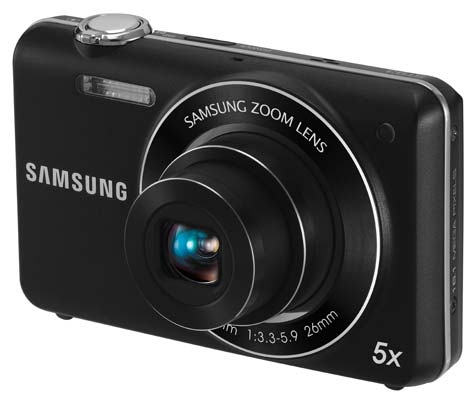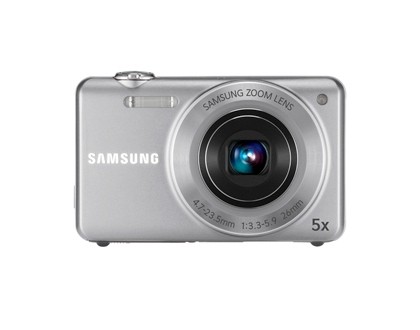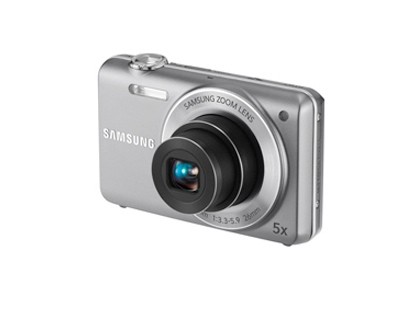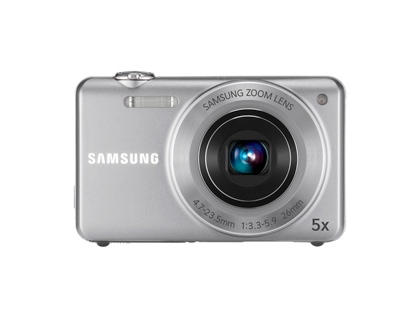Why you can trust TechRadar

While overall quality of the images captured by the Samsung ST93 is decent, they're not always as sharp and as crisp as we'd like to see. They do have a good range of well represented colours, but when viewed at 100% some of the images are blurry and soft. Both the auto and program modes seem to suffer occasionally from blurring and darkness, which using the image stabilisation mode helped to resolve.
The sensitivity range is between ISO 80 and 3200, with expected reduction in picture quality and colour at the higher end of the scale.
The time between shots is the biggest bugbear about the Samsung ST93. The wait between shots is on average about 2.5 seconds, and in continuous drive mode the speed between shots can still be slow, even when the picture size and quality is reduced.

Smile Shot and Blink Detection functions worked reasonably well during our tests, managing to recognise and photograph a smile four times out of five. Self Portrait mode offers an audio signal to the photographer to tell you when you're in the shot and in focus.
The Samsung ST93 also offers audio signals when your photos are in focus or out of focus in other modes, which is useful if you're not able to see the screen well.
Panorama mode works well, asking you to depress the shutter then pan sideways slowly to capture the scene rather than stitching together several different shots, similar to the Sweep Panorama function found in Sony compact cameras such as the Sony NEX-5.

The images on the LCD display sometimes appear brighter than when viewed on a computer, which is worth remembering if you're adjusting the exposure compensation or the sensitivity.
As expected with a compact camera, the Samsung ST93's capabilities of shooting in low light or at night are limited. You can adjust the shutter speed and aperture using night mode on the scene selector, but the use of a tripod is recommended.
Dual Image Stabilisation can be accessed either through the Program mode or via its own mode to enable users to take better photos during low light conditions, which helped to make photos sharper during testing.
The HD video and VGA shooting options create moving footage that would be perfectly acceptable to post online, although if you zoom in during recording the sound of this can be quite apparent.
